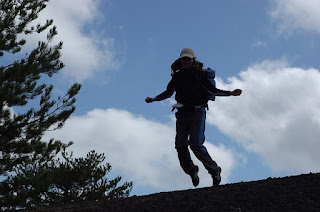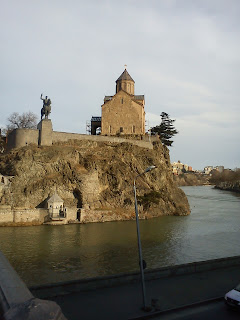SPORT AND TRAVEL(ERS)
The intersection between tourism and sport is not just about generalized well-being, but somehow uppers the ante to a higher level of need, that of self-realization.
Sport becomes for those who practice it - at any level - an important element not only of their daily life, but also of their definition and realization. Not practicing it becomes a source of frustration and generates an imbalance that affects the perception of the quality of one's daily life, the usefulness and opportunity of the experience one is living, and therefore in practice on the degree of satisfaction with respect to the lifestyle and of activities that a destination guarantees. Therefore, to meet the needs of this type of tourism, the sporting offer or the possibility of exercising one's discipline must be an integral component of a tourism project. This is not only a "necessary evil" in the face of the growing number of sports practitioners, but it is a great opportunity to diversify the tourist offer and to create the context for generating additional revenue vectors, whether it is decided to re-brand a destination or to create special packages, also with the involvement of sports professionals.This reference to the professional level opens one of the great distinctions in the world of sport, which in turn affects the profiling of the tourist. Sporty yes, but how?
Here I refer to the degree of professionalism and therefore to the daily preparation and training needs of those who practice sports.
Let's use as an exampla the most practiced sport ever, and which requires fewer support structures: running. A professional marathon runner is required to maintain a certain level of exercise even on vacation, on the other hand someone who goes running with a certain regularity, would probably like to do it a couple of times a week in the destination he decides to visit. Both will look for a place where running is a feasible activity, safe and hopefully enjoyable.
The ranking of the level of practice, and the consequent different markets
, can be summarized as follows: (See:
UNWTO-IOC, Sport & Tourism, 1st World Conference, 2001, ISBN: 92-844-0468-1)
1) High-ranking, world-class athletes who compete internationally
2) Professional athletes not of international stature
3) Plain professionals
4) Amateurs, but who practice regularly and compete
5) People who love to practice sports
6) People who on vacation are more inclined to practice sport that they normally do
7) People who like to attend sports events and competitions without practicing them
Anyone who belongs to any of these groups is potentially also a traveler, a tourist who would like to find their sport needs met in their destination.
Based on how much attention the sport receives from the tourist, we can speak of sport tourists, with emphasis placed on the fact that they are essentially tourists who want to practice sports, or tourist sportspersons, that is, sportsmen/women caught in the act of practicing tourism. The emphasis in this last case is on the centrality of sports practice.
Ideally, a destination should flexibly enable the groups from 1 to 7 to have their needs somehow met, to be the more desirable one.



Commenti
Posta un commento